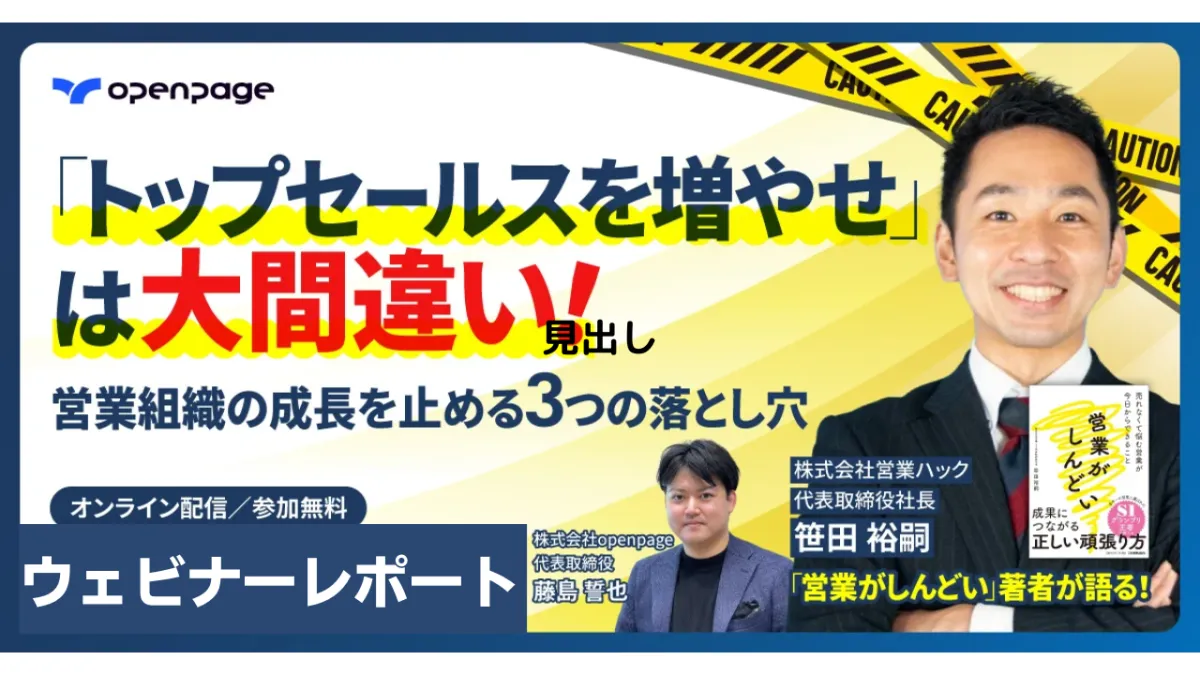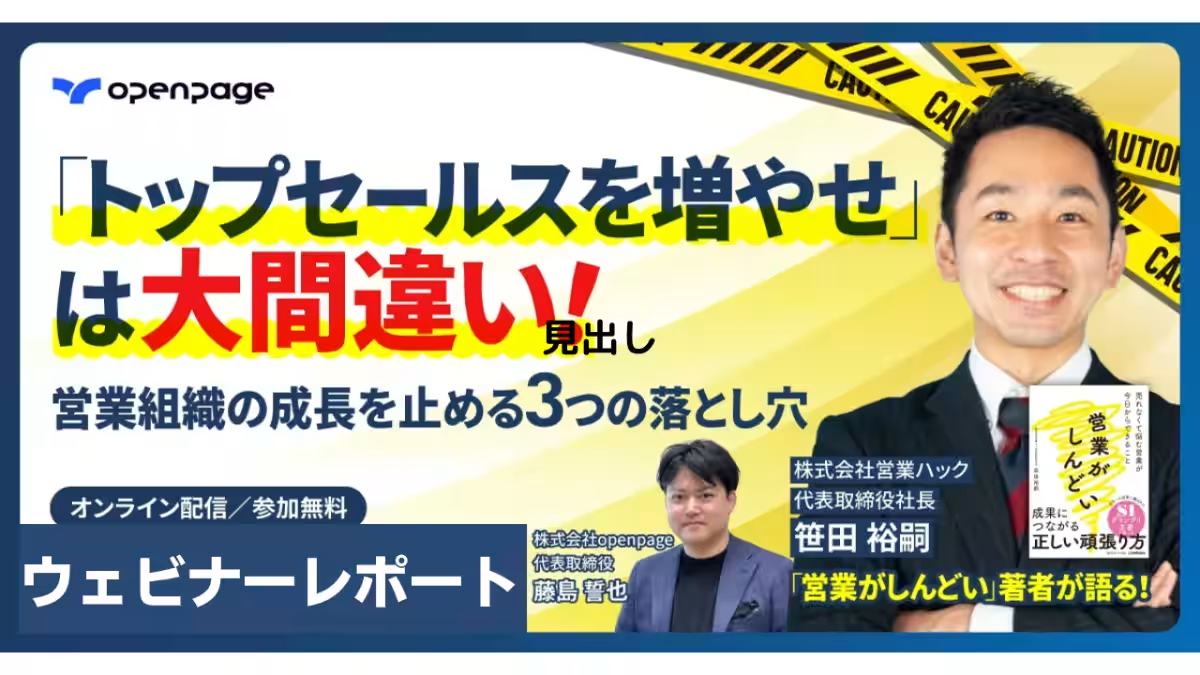

Navigating Common Pitfalls in Sales Enablement for 2025
Understanding the Pitfalls of Sales Enablement
Sales enablement is increasingly becoming a key focus for companies aiming to boost their sales effectiveness. However, many organizations often fall into common traps that hinder their intended progress. A recent webinar co-hosted by Openpage and Sales Hack explored these pitfalls and provided insights to create truly effective sales organizations.
Common Misconceptions
During the webinar, several prevalent misconceptions were discussed that often derail sales reform efforts:
1. The belief that simply increasing top sales figures is paramount. While having top performers is essential, the goal should instead focus on raising the level of competition within the team to cultivate a healthier overall performance.
2. The notion of creating a sales organization that can sell to anyone. This might lead to broad targeting without prioritizing quality leads, ultimately diminishing the return on effort.
3. Assuming a sales team can operate autonomously without ongoing support. Building a successful sales team requires a continuous cycle of improvement and investment in structures and processes.
These misconceptions resonate with many companies experiencing stagnation in their sales transformation initiatives. Are you facing similar challenges?
Identifying the Issues
There's a common feeling among businesses that despite attempts to implement sales enablement, the expected outcomes remain elusive. Issues like low reproducibility of top sales performance and declining team morale frequently surface. Additionally, companies often find that implementing a 'correct sales process' paradoxically reduces productivity, creating a culture of burnout. Even after extensive training and established systems, teams may struggle to break free from personalized sales strategies, further complicating progress.
Special Focus on Optimization
Sales enablement hinges on two critical components: optimization and efficiency. Yet, many overlook the constraints that come from their unique sales environments, targets, and available resources. Merely mirroring successful strategies from other companies may result in outcomes dictated by chance rather than strategic planning.
Efficiency plays a crucial role in determining cost-effectiveness and resource allocation. Focusing solely on maximization of revenue or minimization of costs can obscure the true essence of sales enablement.
Breaking Free from Dependency
To foster effective sales enablement, organizations must escape from the cycles of personalization, centralization, and dependency. Instead of enforcing rigid systems that may stifle high potential performers, empowering agents through data-driven insights and approachable skills development is essential. Companies should instead adopt a bottom-up approach, allowing for gradual improvements across teams.
Strategies for Successful Sales Enablement
The webinar emphasized that to achieve sustainable results, businesses should:
1. Cut the Clutter: Identify and eliminate non-essential tools or processes that consume valuable time and resources. Streamlining focuses on what truly drives performance.
2. Measure What Matters: Rather than inundating teams with countless KPIs that do not correlate directly to outcomes, organizations should pinpoint what influences performance and streamline their focus accordingly.
3. Reinforce Standardization: Develop clear standards and processes that allow for uniformity and predictability in performance, ensuring everyone achieves a distributed level of success.
Key takeaways from the experts involved highlight the need to abandon counterproductive mindsets. For instance, the idea of mass-producing top sales individuals should transform into a collective effort to elevate overall team performance.
Futuristic Approaches
The concept of a self-sustaining sales team must be replaced with reminders of continuous improvement, utilizing analytical insights to refine strategies based on customer needs. By evaluating the communicative aspects of sales efforts and targeting buyers’ decision-making processes, companies can rapidly pivot from ineffective practices to results-driven tactics.
Conclusion
In conclusion, the landscape of sales enablement presents both challenges and immense potential for growth. By focusing on overcoming misconceptions, streamlining efforts, and fostering an environment of continuous improvement, organizations can transform sales into a functioning powerhouse. This change requires an unwavering dedication to refining strategies and nurturing effective processes. The ideal state of high productivity combines both qualitative and quantitative elements, ensuring businesses not only navigate pitfalls but emerge leading in the evolving market.
Speaker Profiles
- - Seiya Fujishima, CEO of Openpage - With a trailblazing career in customer success and sales tech, Seiya founded Openpage in 2018, focusing on providing cutting-edge digital transformation solutions.
- - Hiroshi Sasada, CEO of Sales Hack - Starting his sales career at a young age, Hiroshi has guided over 100 companies through sales challenges, sharing his expertise widely in the process.
Together, they have shaped new concepts in sales enablement, positioning organizations to thrive amidst competition and evolving market demands.




Topics Business Technology)










【About Using Articles】
You can freely use the title and article content by linking to the page where the article is posted.
※ Images cannot be used.
【About Links】
Links are free to use.